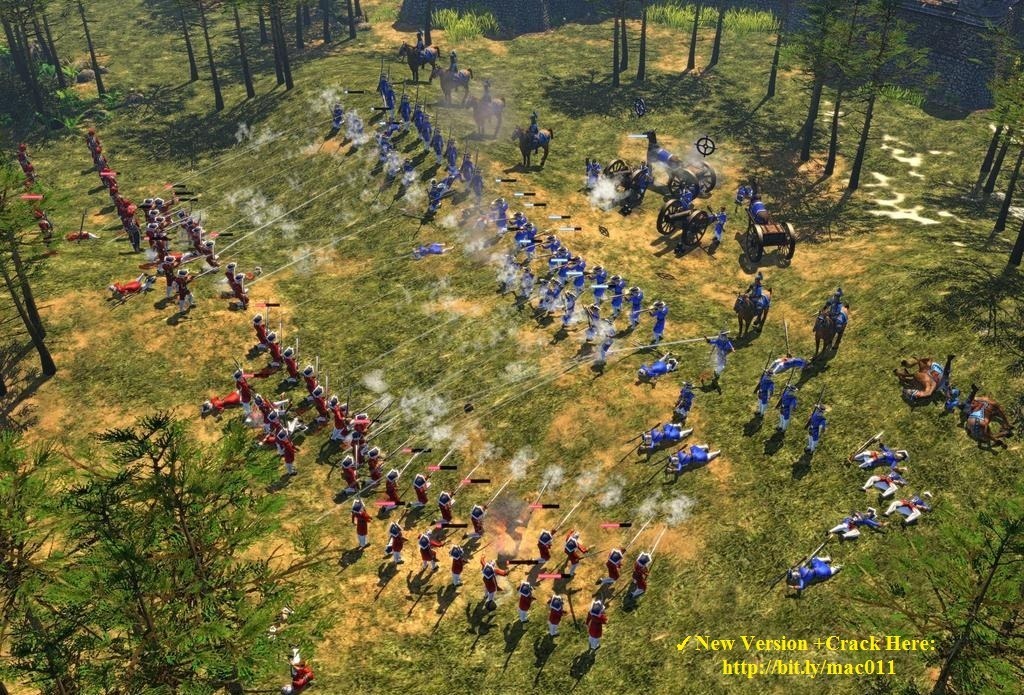
Once the second age dawns, things get busy fast. Its painterly visuals are pleasant enough, but textures and animations can look quite dated in places When I’ve saved enough food and wood, I can build one of two culture-specific landmarks that advance my civilisation to the next age, unlocking new technologies and military units. Where I decide to build my first mill will determine the shape of the castle walls I’ll (hopefully) be constructing later on. I love this initial phase: my fledgling town feels fragile and exposed, and every action I take is significant. Starting with a town centre and a couple of villagers in the Dark Age, you’ll have to forage for food and building materials while you scout the map. The key to success is learning where to direct your attention at any given moment.

While every civilisation shares basic units, structures, and technology, each has unique mechanics and units to master. The English, French, Chinese, and Mongol civilisations return from past games – with slight alterations – while the Delhi Sultanate, Abbasid Dynasty, Holy Roman Empire, and Rus are all new. There are other paths to victory as well: you can win by controlling all of a map’s sacred sites for a set amount of time, or by building and defending a wonder.Īge of Empires IV includes eight civilisations, and they’re a mix of old and new.

In a standard game, you’ll extract resources and invest them in structures and soldiers, which you’ll then use to knock down whatever your opponent is building. Each bark from a selected worker and thud of a battering ram against castle masonry feels just how I remember in Age II, albeit filtered through more than two decades of nostalgia.įor readers new to the series – and there should be quite a few of you given it’s been 16 years since the last numbered entry – Age of Empires is a historical real-time strategy series about building and defending a settlement.

Age of Empires IV feels almost shockingly like Age of Empires II. Given the backlash Relic faced a few years ago over its experiments with Dawn of War 3, it’s perhaps not surprising that this time out, the studio has hewed much closer to the established order. Whether there’s room left for a demanding, macro-driven series like Age in the modern landscape is very much an open question, but one thing is clear: this is Age of Empires almost exactly as you remember, and some more besides. Age of Empires IV arrives like a long-lost claimant to the RTS throne – one whose titles have since been absorbed into neighbouring kingdoms. Real-time strategy games have never really gone away, but the past decade has seen their glory much diminished from the heady days of StarCraft’s peak.


 0 kommentar(er)
0 kommentar(er)
